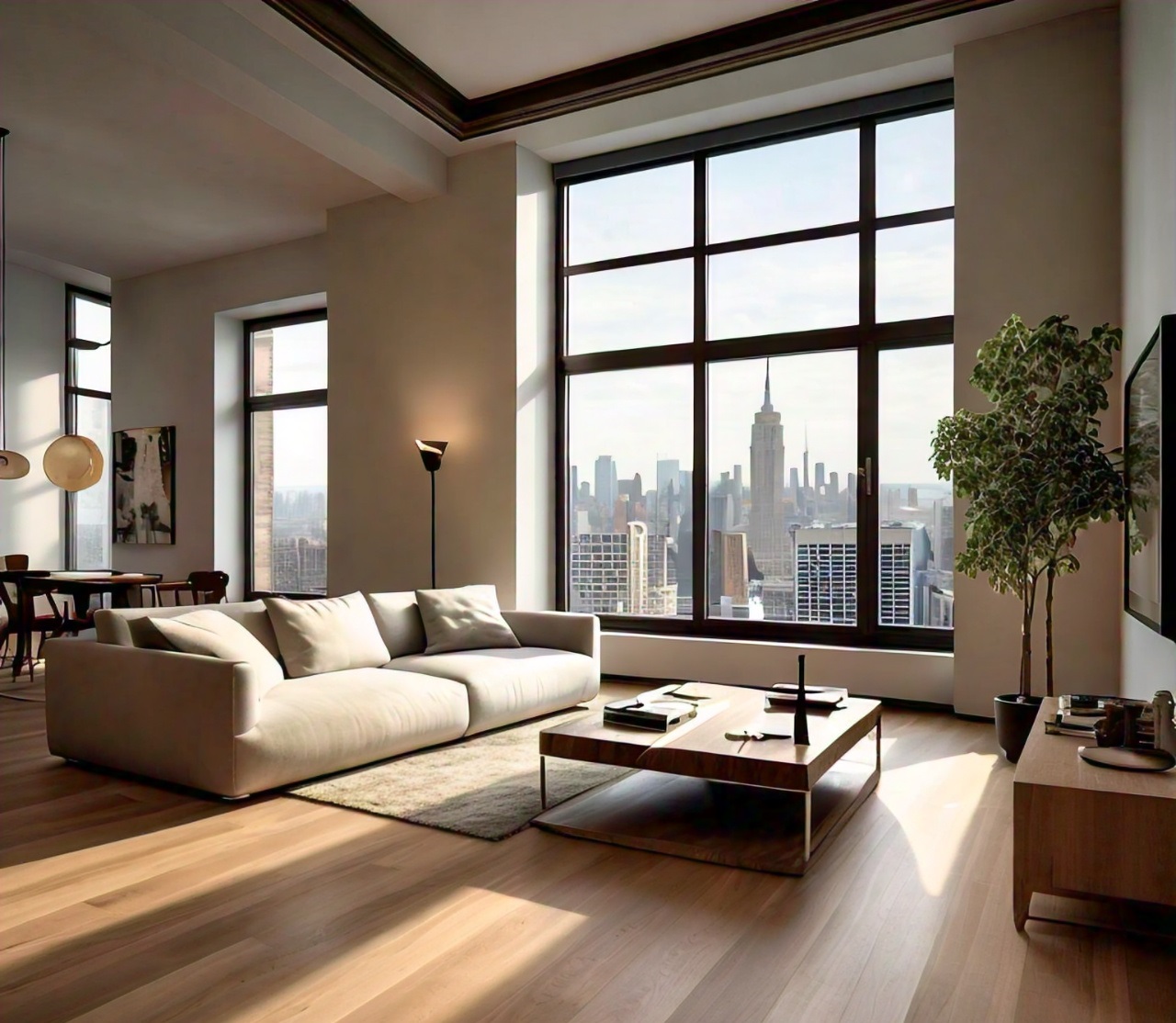Cost of Hardwood Flooring: Factors & Estimates for New York Homeowners
Factors Affecting the Cost of Hardwood Flooring
-
Type of Hardwood: Different types of hardwood vary in price. For example, oak and maple are generally more affordable than cherry and walnut.
-
Installation Method: The installation method can also impact the cost. For example, nail-down installation is typically more expensive than floating installation.
-
Location: The location of your home can also affect the cost of hardwood flooring. For example, homes in Manhattan may have higher installation costs due to higher labor costs.
-
Size of the Room: The size of the room can also impact the cost. Larger rooms require more materials and labor, increasing the overall cost.
-
Subfloor Preparation: The condition of the subfloor can also affect the cost. If the subfloor needs to be repaired or replaced, this can add to the overall cost.
Estimated Costs of Hardwood Flooring
-
Oak Hardwood Flooring: $3 to $15 per square foot
-
Maple Hardwood Flooring: $4 to $18 per square foot
-
Cherry Hardwood Flooring: $5 to $20 per square foot
-
Walnut Hardwood Flooring: $6 to $25 per square foot
Installation Costs
-
Nail-down Installation: $2 to $5 per square foot
-
Floating Installation: $1 to $3 per square foot
-
Glue-down Installation: $1 to $4 per square foot
Additional Costs
-
Subfloor Preparation: $1 to $3 per square foot
-
Transition Strips: $1 to $2 per linear foot
-
Baseboards: $1 to $3 per linear foot
DIY vs. Professional Installation
Understanding the Cost of Hardwood Flooring
Factors to Consider
-
Quality of the Hardwood: The quality of the hardwood can significantly impact the cost. High-quality hardwood is more expensive than lower-quality options.
-
Thickness of the Hardwood: The thickness of the hardwood can also impact the cost. Thicker hardwood is more expensive than thinner options.
-
Width of the Hardwood: The width of the hardwood can also impact the cost. Wider hardwood is more expensive than narrower options.
-
Length of the Hardwood: The length of the hardwood can also impact the cost. Longer hardwood is more expensive than shorter options.
-
Finish of the Hardwood: The finish of the hardwood can also impact the cost. A high-gloss finish is more expensive than a matte finish.
How to Save Money on Hardwood Flooring
-
Choose a Lower-Cost Hardwood: Choosing a lower-cost hardwood, such as oak or maple, can help save money.
-
Opt for a Simpler Installation Method: Opting for a simpler installation method, such as floating installation, can help save money.
-
Shop Around for Materials: Shopping around for materials can help you find the best prices.
-
Consider Refurbished or Reclaimed Hardwood: Considering refurbished or reclaimed hardwood can help save money.
-
DIY Installation: DIY installation can help save money, but it’s essential to consider the risks and challenges involved.
FAQs
A: The average cost of hardwood flooring in New York is $5 to $15 per square foot.
A: Walnut hardwood flooring is generally the most expensive, with prices ranging from $6 to $25 per square foot.
A: While it’s possible, DIY installation can be challenging and may not be the best option for homeowners without experience.
A: The installation time will depend on the size of the room, type of hardwood, and installation method. On average, installation can take anywhere from a few day to a week.
A: Oak and maple hardwood flooring are generally more durable and resistant to scratches, making them a great option for high-traffic areas.
A: Yes, but it’s essential to take extra precautions to protect the hardwood from moisture and humidity.
A: Regular sweeping and vacuuming, cleaning spills promptly, and using a humidifier or dehumidifier to maintain a stable humidity level can help maintain your hardwood flooring.
Conclusion
-
National Wood Flooring Association (NWFA): A non-profit organization that provides information and resources on hardwood flooring.
-
U.S. Department of Housing and Urban Development (HUD): A government agency that provides information and resources on housing and urban development, including hardwood flooring.
-
Hardwood flooring: A type of flooring made from natural wood.
-
Installation method: The method used to install hardwood flooring, including nail-down, floating, and glue-down installation.
-
Subfloor: The surface underneath the hardwood flooring.
-
Transition strips: Strips of wood used to transition between different types of flooring.
-
Baseboards: The boards that cover the bottom of the wall where it meets the floor.






